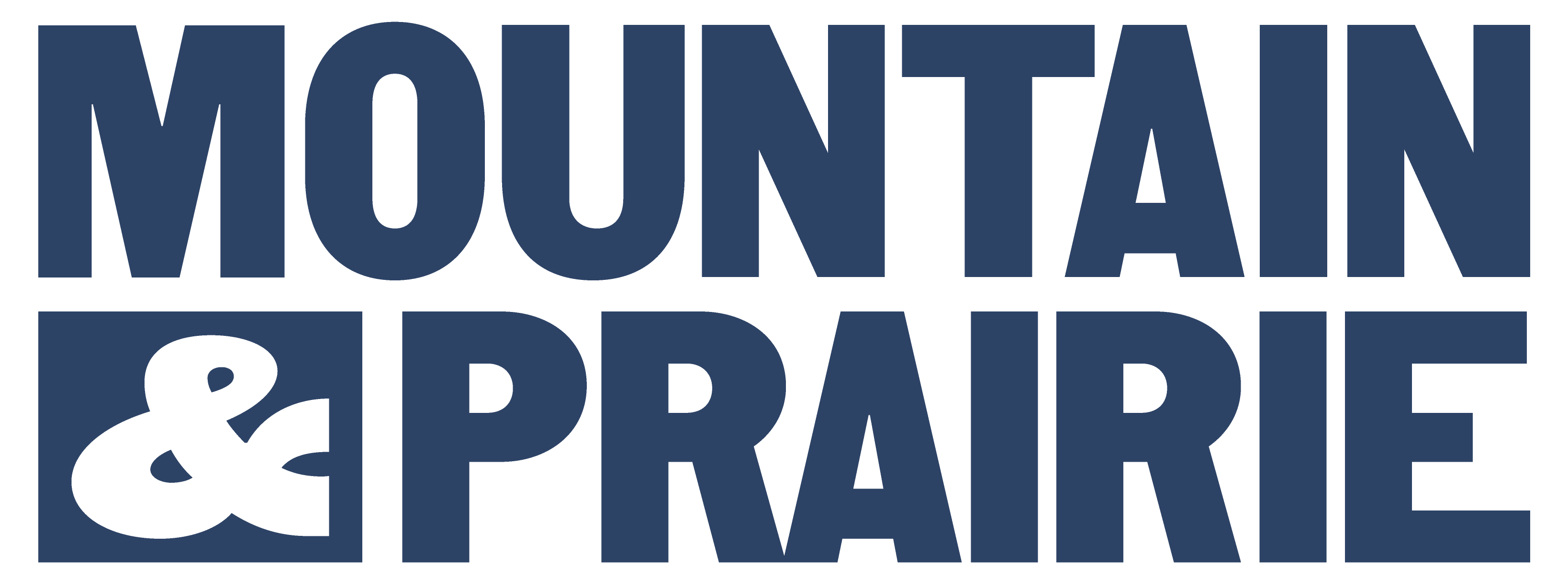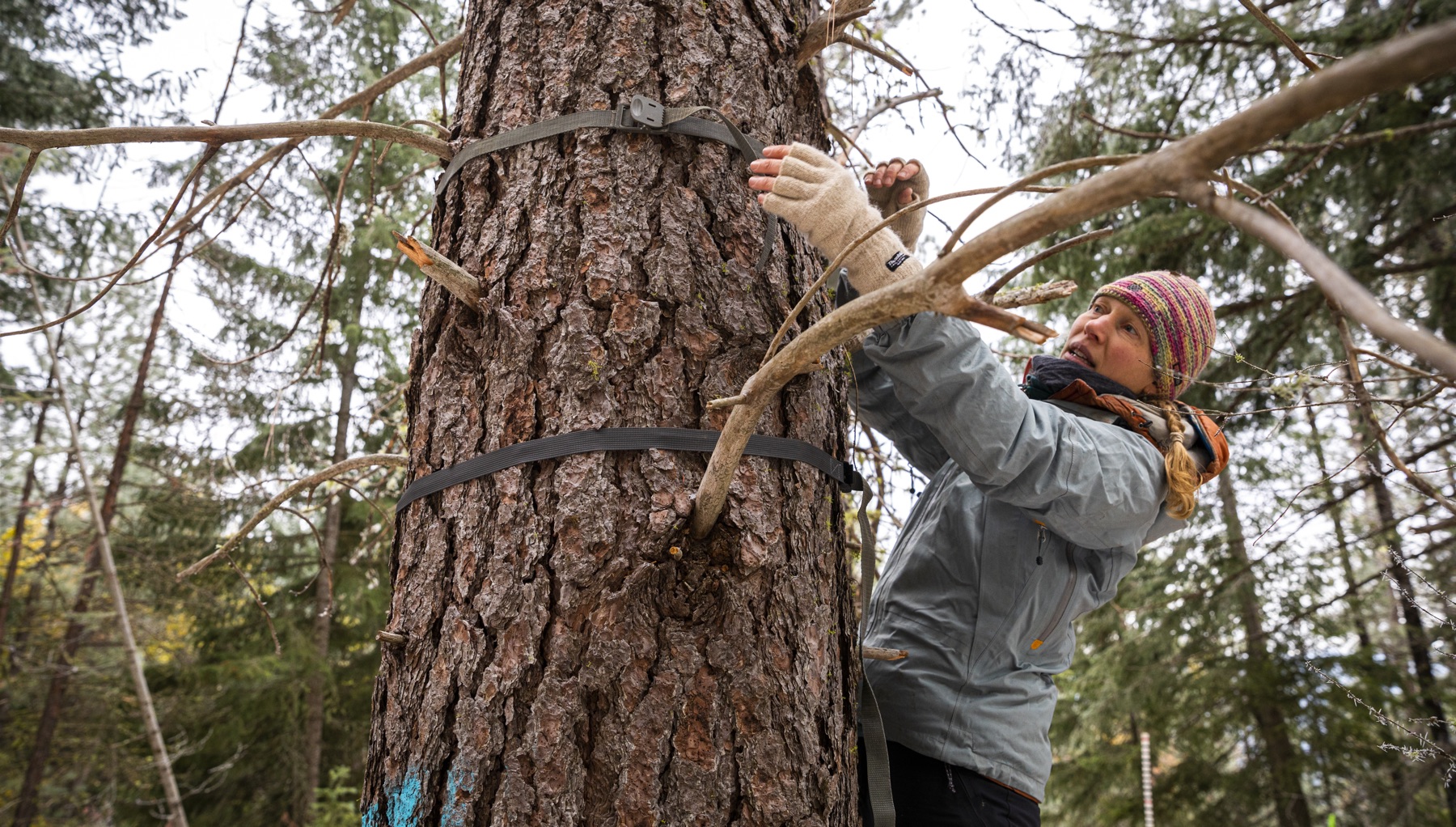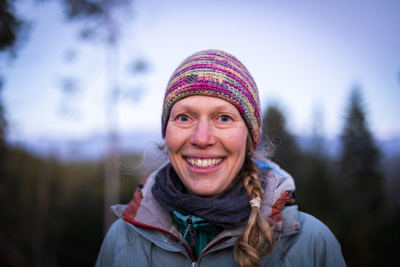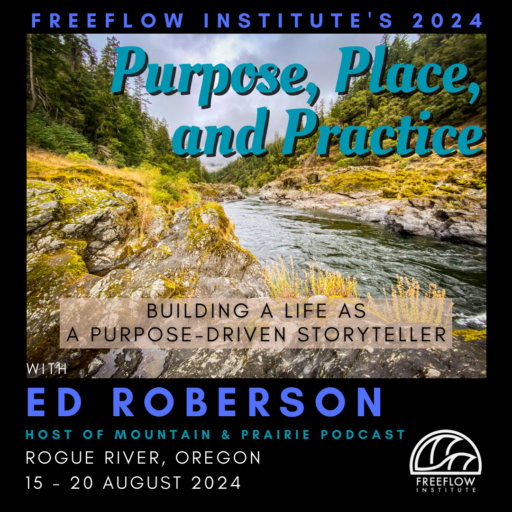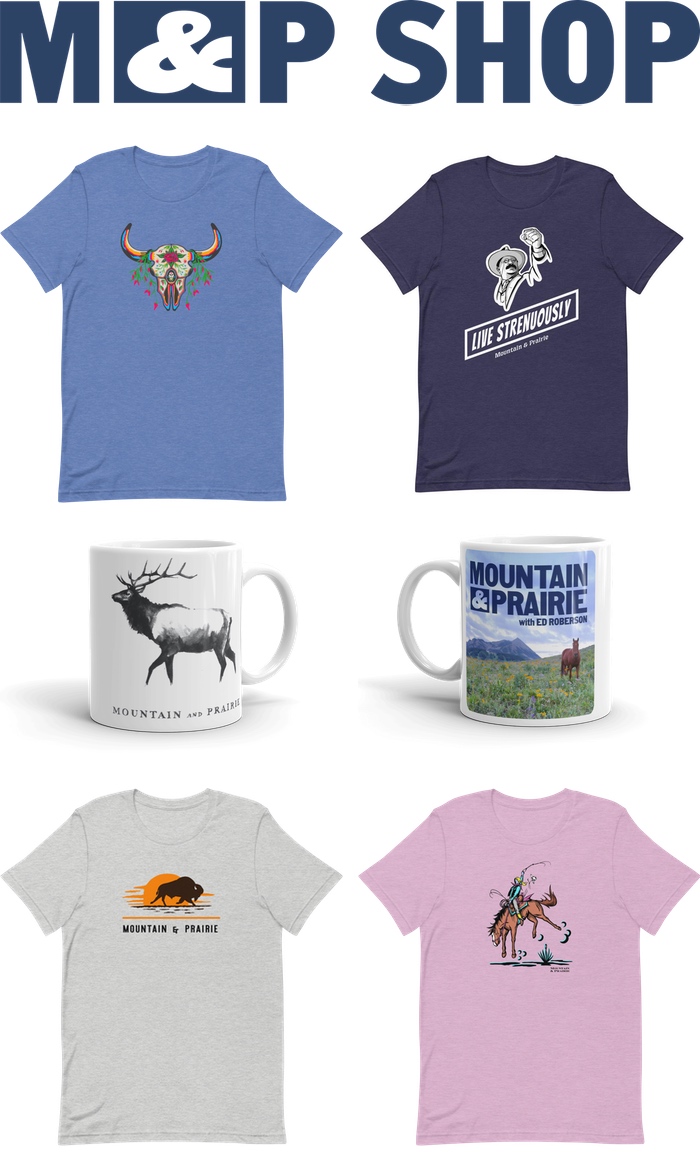Dr. Emily Howe is an aquatic ecologist with the Washington state chapter of The Nature Conservancy, and she holds a Ph.D. from the School of Aquatic and Fishery Sciences at the University of Washington. Her work integrates across ecosystem boundaries, investigating how landscape configuration and management shape cross-boundary relationships for food webs, organisms, and ecosystem processes.
At the Nature Conservancy, Emily’s projects stretch from the high peaks of the North Cascades all the way down to the estuary of Port Susan Bay, and her work highlights the interconnectedness of everything from snowpack to salmon populations, forest management to marsh grass health. Much of Emily’s work focuses on understanding liminal spaces– areas in nature where boundaries blend together and where the interactions between ecosystems can be fluid and dynamic.
Since the earliest days of European settlement, this area has been subject to a wide variety of threats to the overall ecosystem—aggressive logging, wildfire suppression, attempts to engineer order into the ever-changing estuaries, and more. And with the intensification of climate change, snowfall and its resulting snowpack have decreased, which only exacerbates the negative effects and threats to the ecosystem.
But thanks to Emily and her team of stakeholders and partners, there are many, many reasons to be optimistic about the future. Combining cutting-edge science with Indigenous knowledge, Emily and TNC are making great progress toward finding solutions that can help with everything from increasing the depth and duration of snowpack in the Cascades to restoring all-important salmon habitat, and much much more.
If you’re a fan of ecology and are interested in how Indigenous wisdom can bolster our 21st-century scientific knowledge, then you’ll love this episode. We start our conversation at sea level, discussing the magic of the tidal ecosystems, then work our way up the into mountains, eventually discussing all things snowpack and forest health. We talk about TNC’s partnership with the Stilliguamish Tribe, how forest gaps can affect snowpack, snow droughts and El Nino, collaboration with federal agencies, and rising sea levels in the Northwest. Emily also talks about her career path to becoming a scientist and she offers up some excellent book recommendations.
I love the Pacific Northwest, so I greatly appreciate everything that Emily and her partners are doing to keep this region of the West so wild, special, and healthy. I hope you enjoy.
Photos courtesy of The Nature Conservancy and the University of Washington’s Snow Project.
LISTEN & DOWNLOAD:
Apple Podcasts
Spotify
…or wherever you get your podcasts!
EPISODE PARTNER:
This episode is brought to you in partnership with the Colorado chapter of The Nature Conservancy and TNC chapters throughout the Western United States. Guided by science and grounded by decades of collaborative partnerships, The Nature Conservancy has a long-standing legacy of achieving lasting results to create a world where nature and people thrive.
On the last Tuesday of every month throughout 2024, Mountain & Prairie will be delving into conversations with a wide range of The Nature Conservancy’s leaders, partners, collaborators, and stakeholders, highlighting the myriad of conservation challenges, opportunities, and solutions here in the American West and beyond. You can access all of the episodes here.
To learn more about The Nature Conservancy’s impactful work in the West and around the world, visit www.nature.org
RESOURCES:
Topics Discussed:
- 3:45 – Discussing the history Port Susan Bay Preserve
- 8:15 – The colonial reasons for the “straightening out” of the complex Stille River System
- 11:15 – Why TNC became interested in Port Susan Bay
- 13:15 – Emily’s focus on the Port Susan Bay Preserve
- 17:15 – Emily’s partnership with Tribal entities around Port Susan Bay Preserve
- 21:45 – Where and how TNC partners with the federal government on its work on the coast
- 26:15 – Goals for the Port Susan Bay Preserve
- 32:30 – How fast the sea level is rising in the Port Susan Bay Preserve
- 34:15 – The 2015 Pacific Northwest snow drought
- 38:15 – Emily’s involvement in higher elevation forest management and how it can impact snowpack and water resources
- 45:00 – Putting Emily’s work above to practice
- 52:30 – Emily’s personal journey to this work
- 56:30 – Emily’s book recommendations
- 1:02:00 – Emily’s parting words of wisdom
Information Referenced:
- TNC Washington
- Port Susan Bay Preserve
- Salish Sea
- Stillaguamish River
- Glacier Peak
- Diatoms
- Macoma
- Snoqualmie Tribe
- Tulalip Tribes
- Dr. Susan Dickerson-Lange
- Tapash Sustainable Forest Collaborative
- Yakama Nation
- Yakima, WA
- The Big Burn by Timothy Egan
- The Timber Wars
- Demon Copperhead by Barbara Kingsolver
- Braiding Sweetgrass by Robin Wall Kimmerer
- Leah Palmer’s blog post
Enjoy this episode? Then you might like these too:
- Paige Lewis – Durable Conservation, Collective Action, and Strategic Thinking
- Jenna Pollard – Timber Framing, Organic Farming, Community, and Purpose
- Matt Cahill – A Deep Dive into the Sagebrush Sea
- Lorelei Cloud – Solving Modern-Day Challenges with Ancient Tribal Wisdom
- Cole Mannix – Building Community through Land Stewardship and Local Food
Visit the podcast page for a full list of episodes where you can filter episodes by topic and guests’ vocations.
